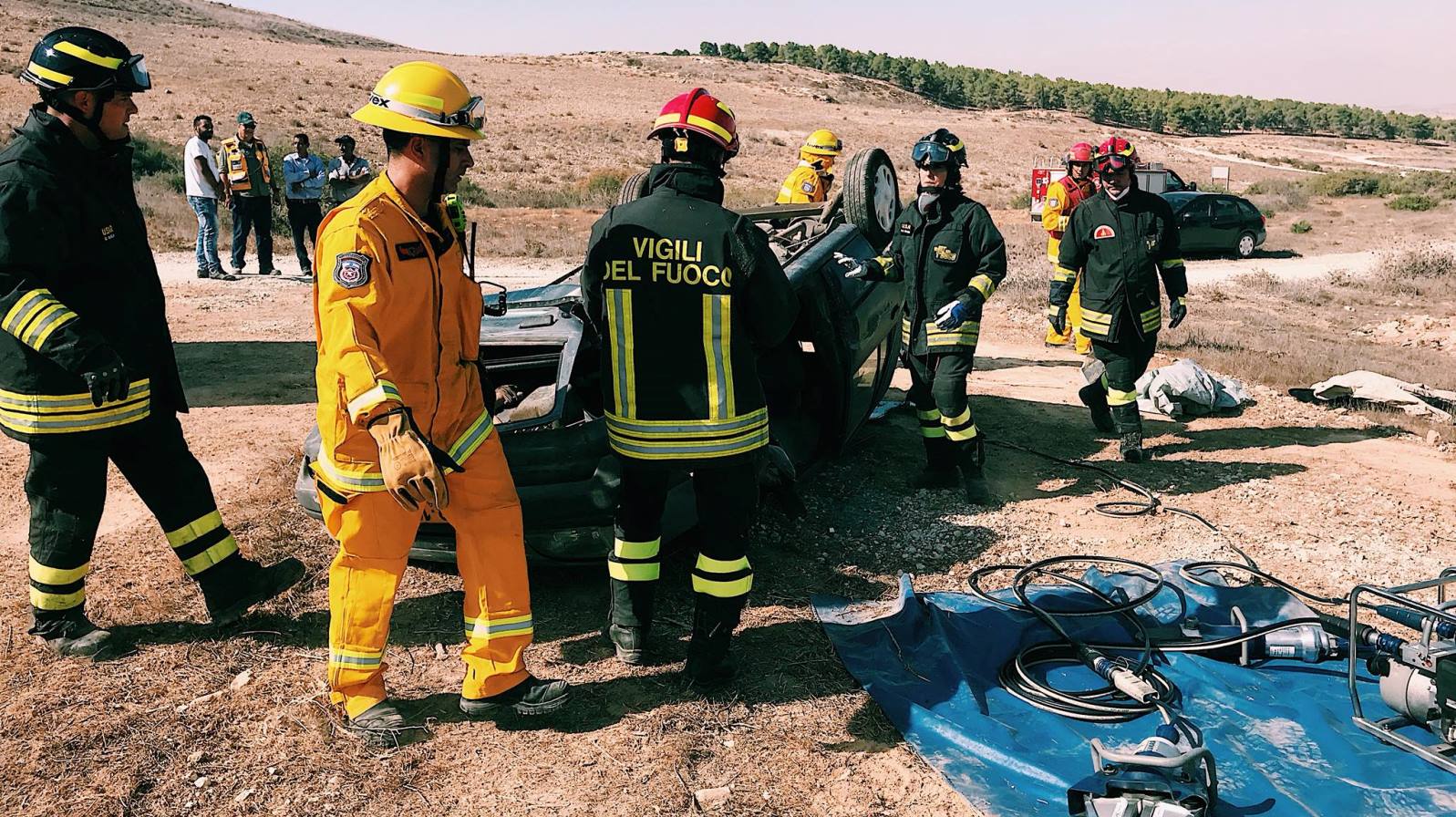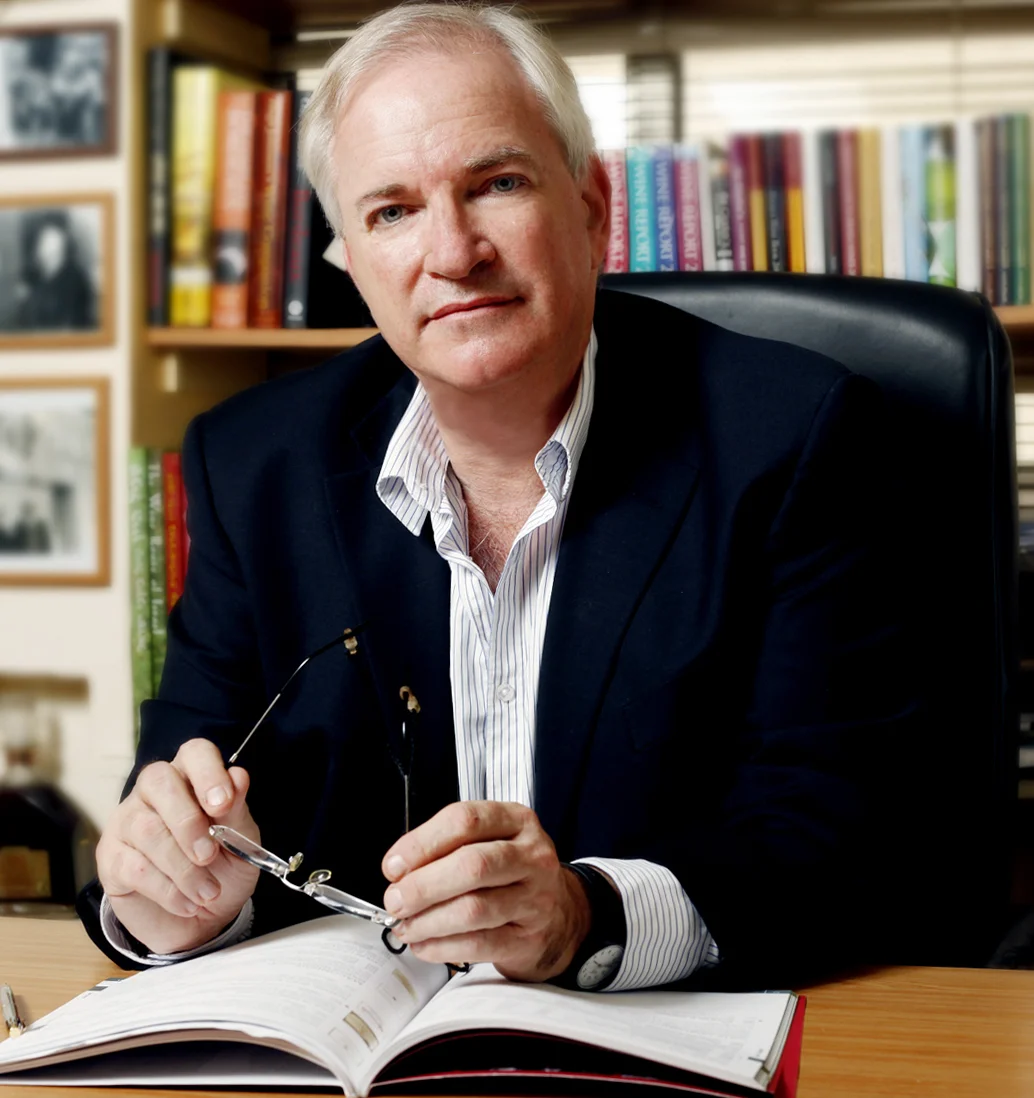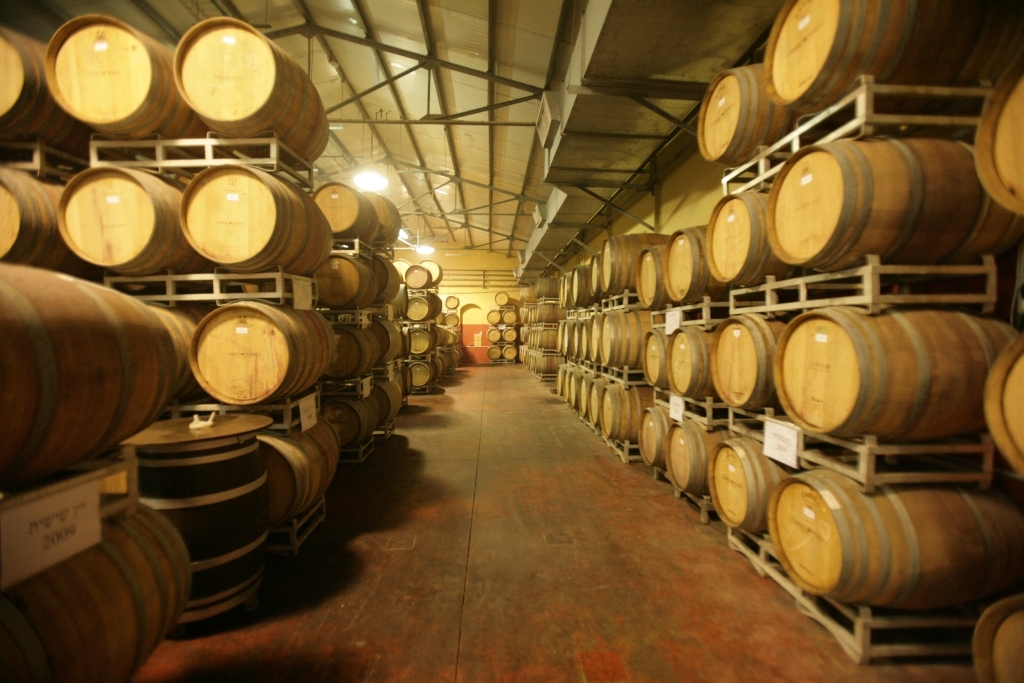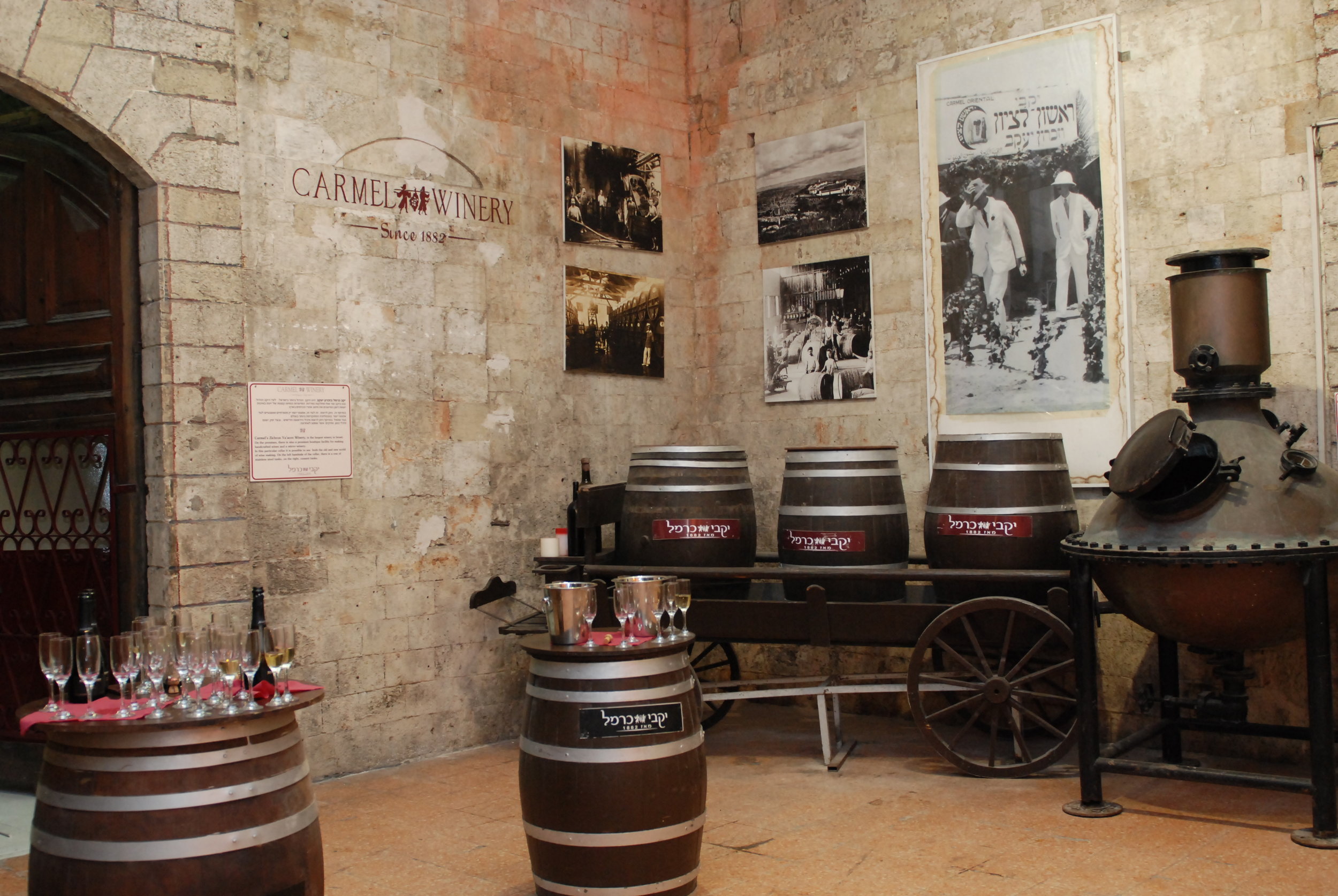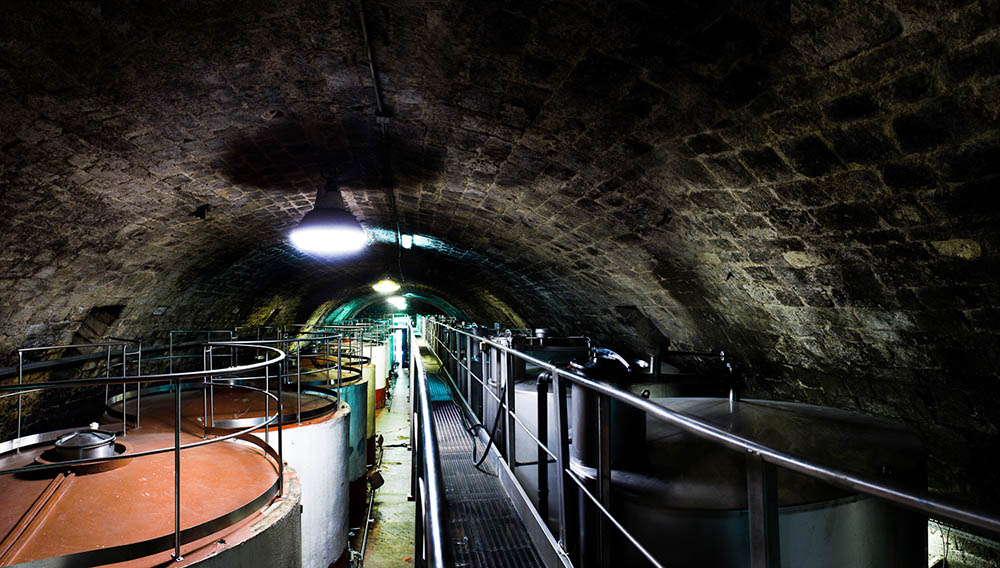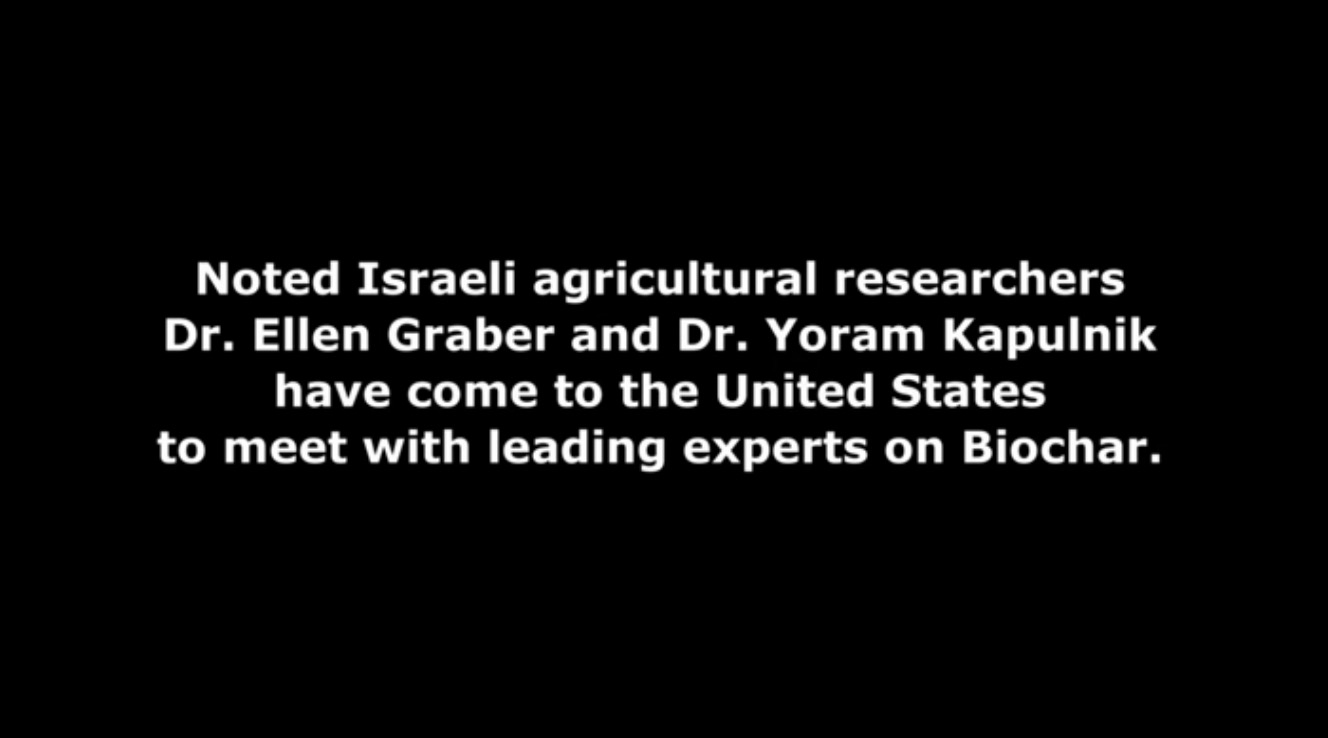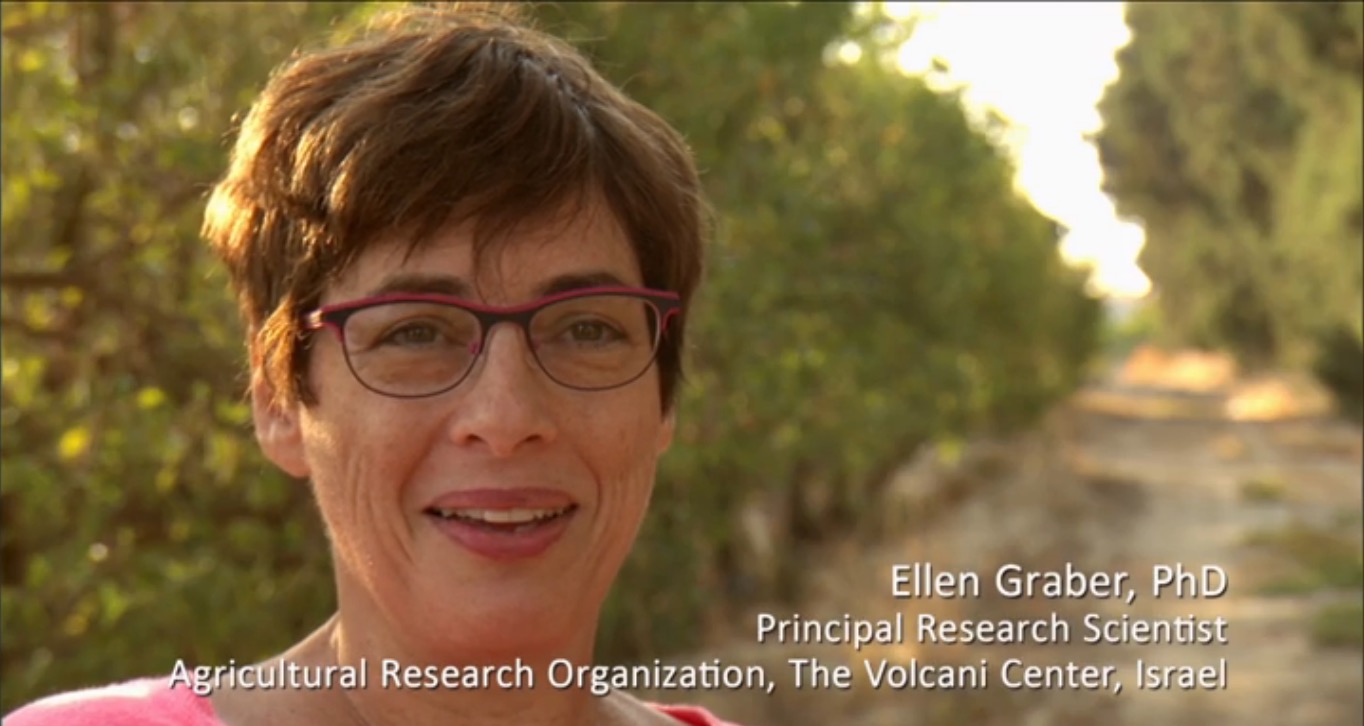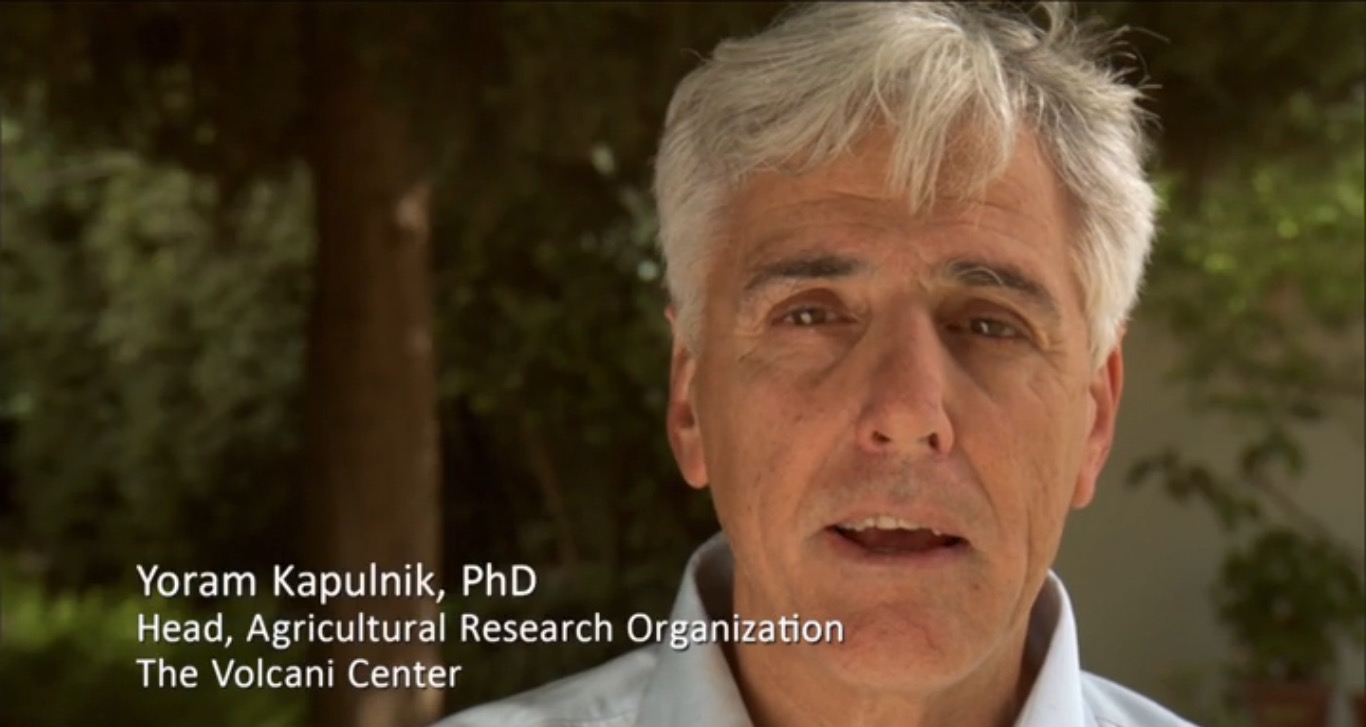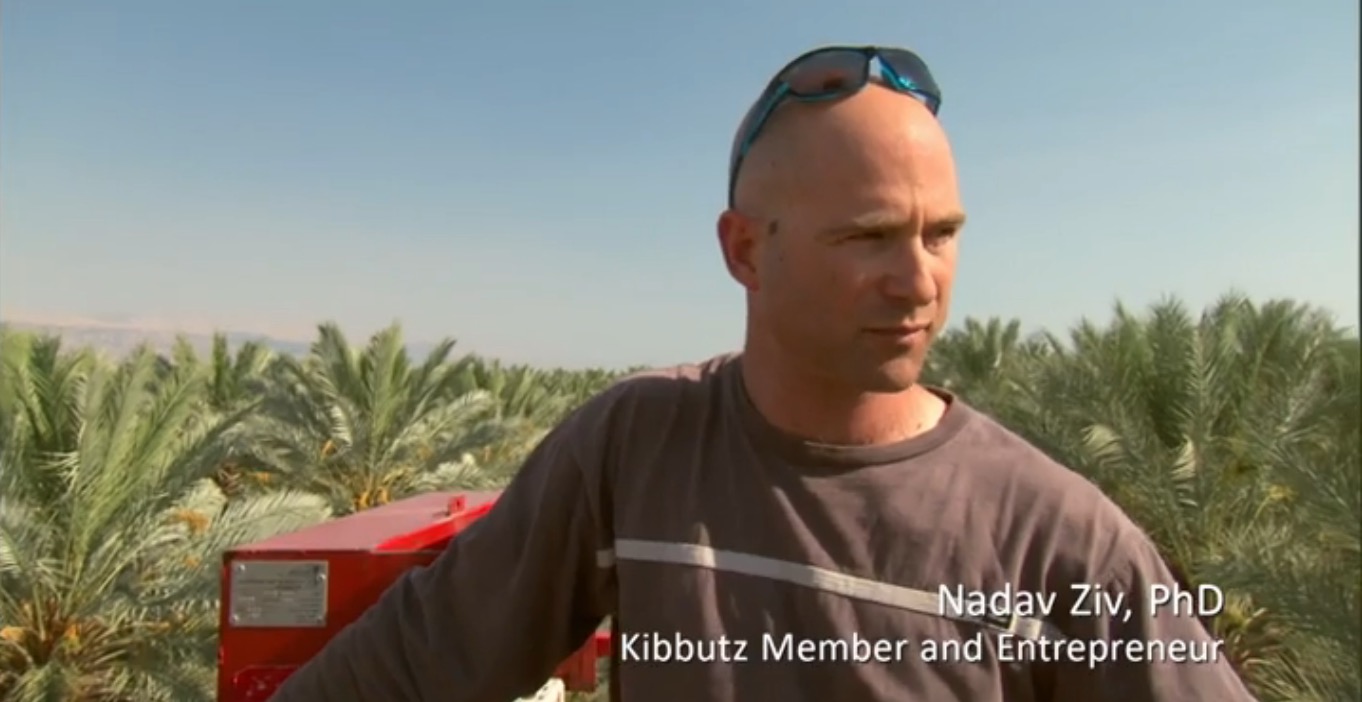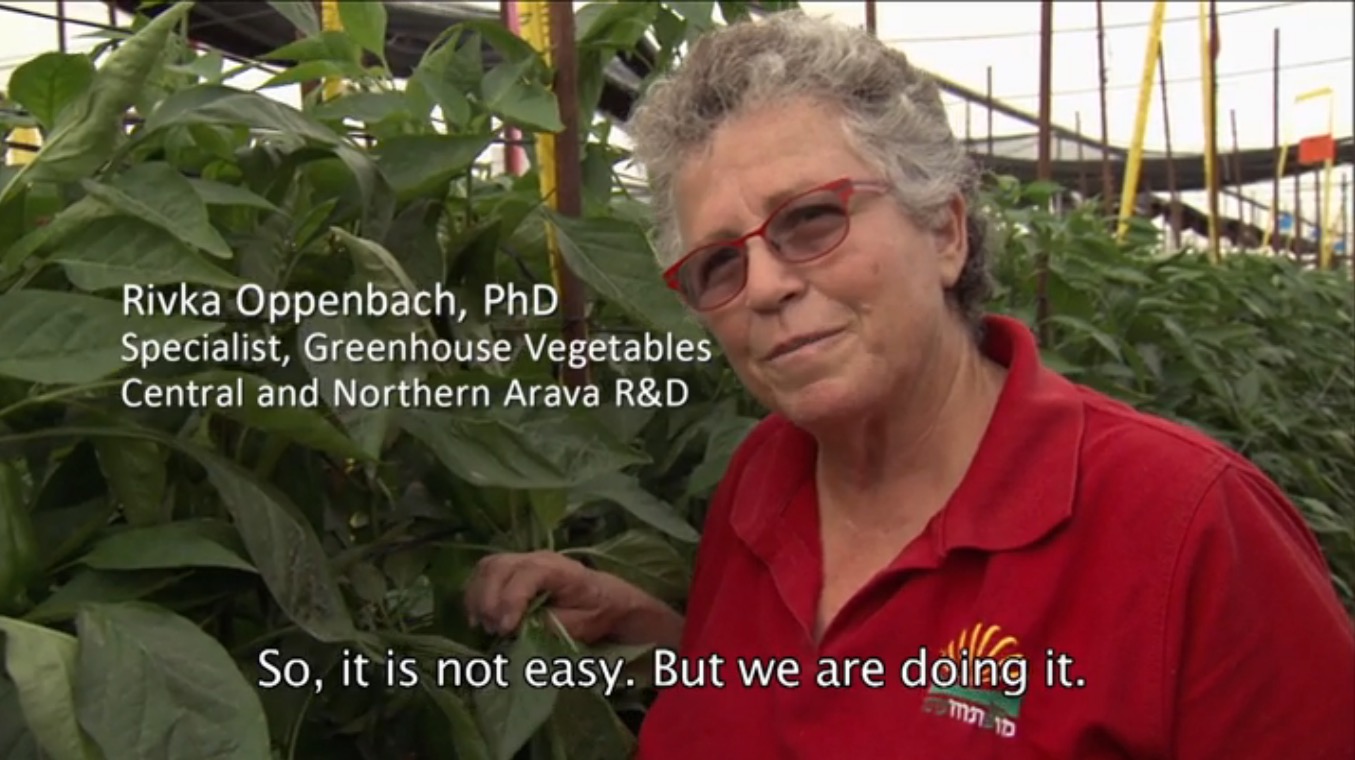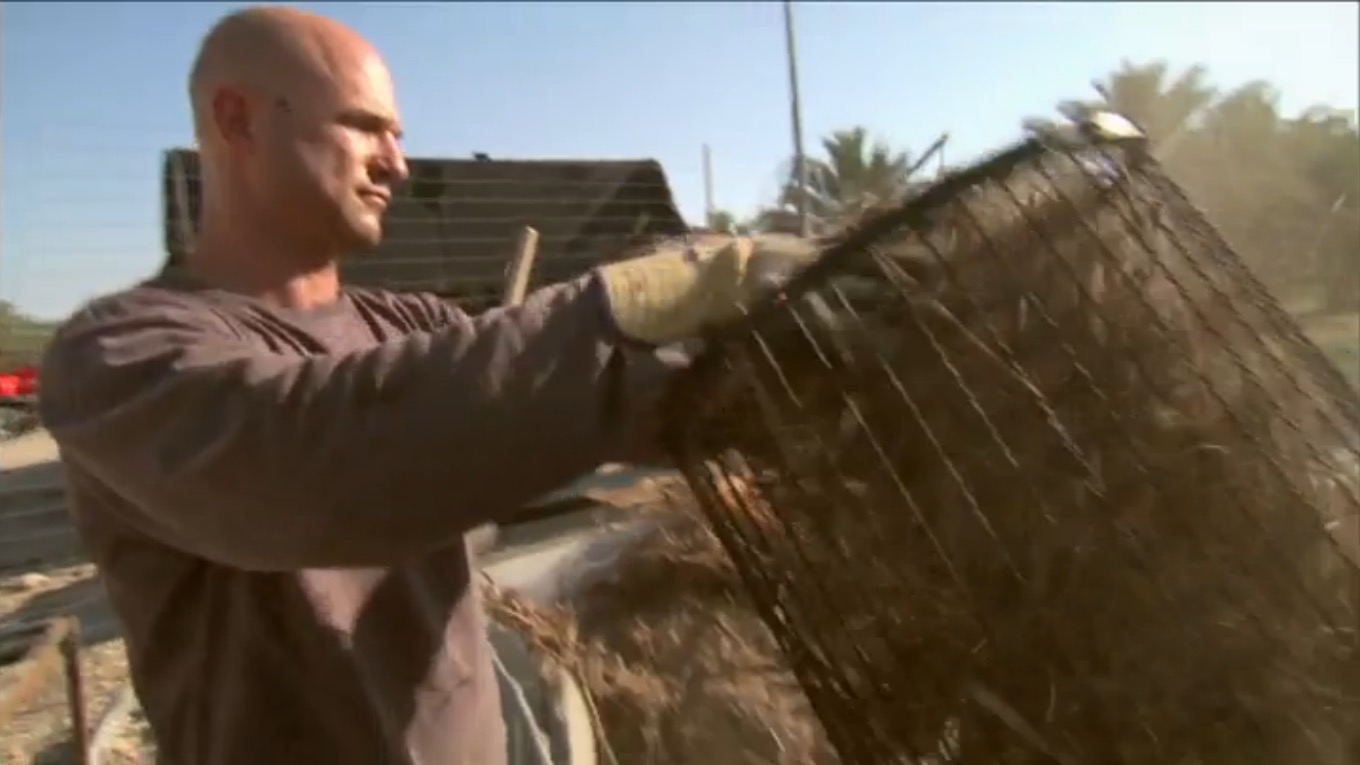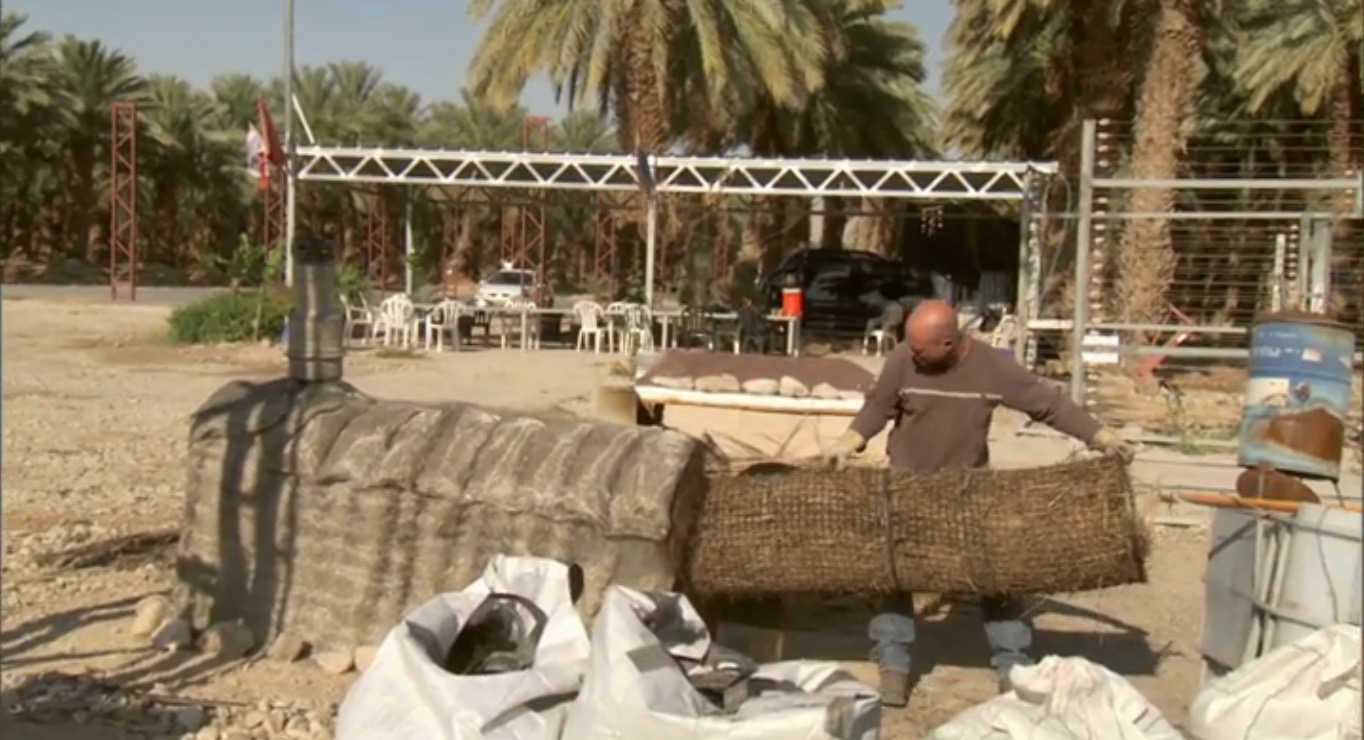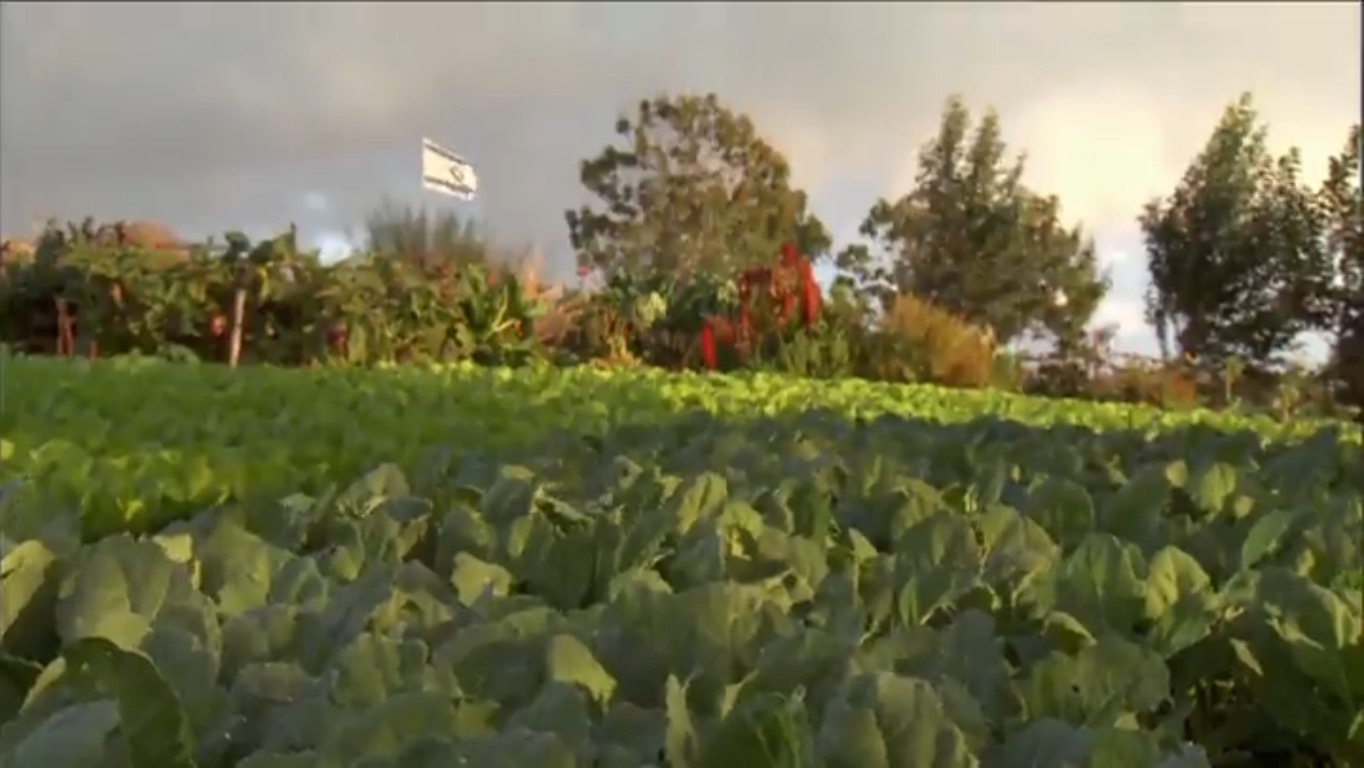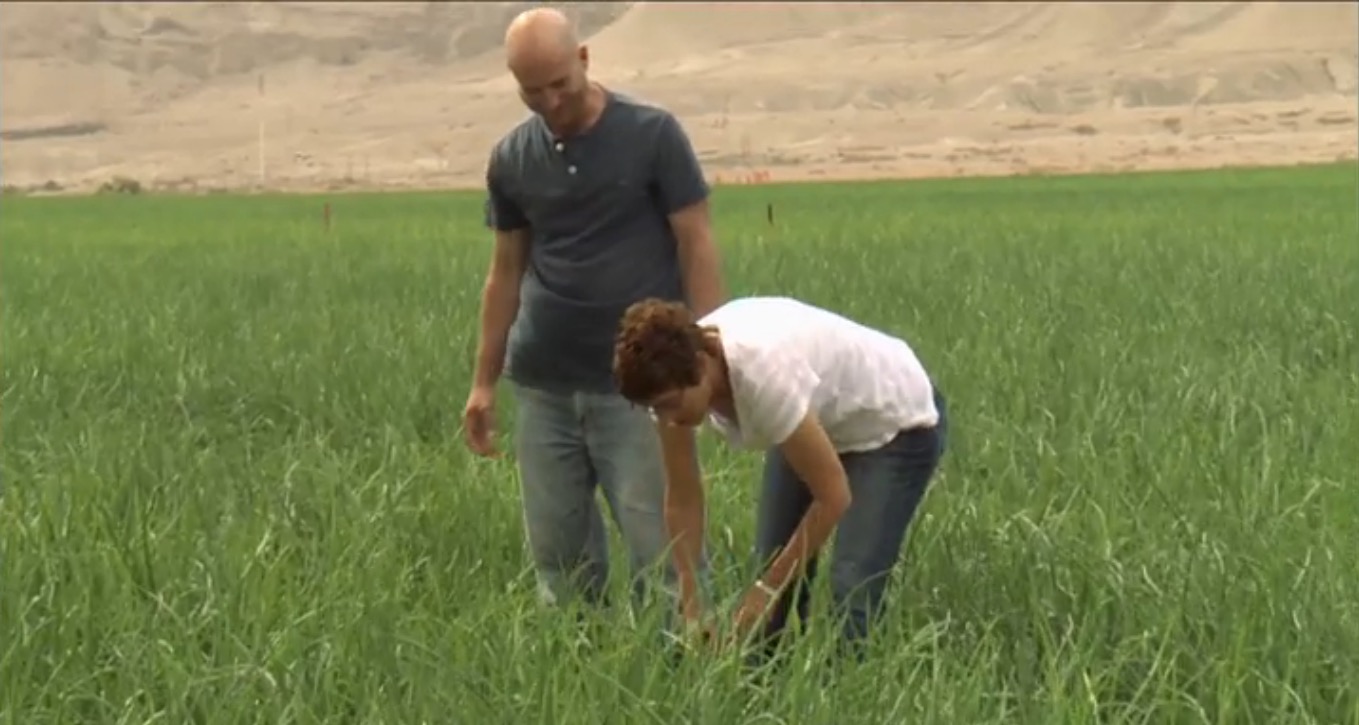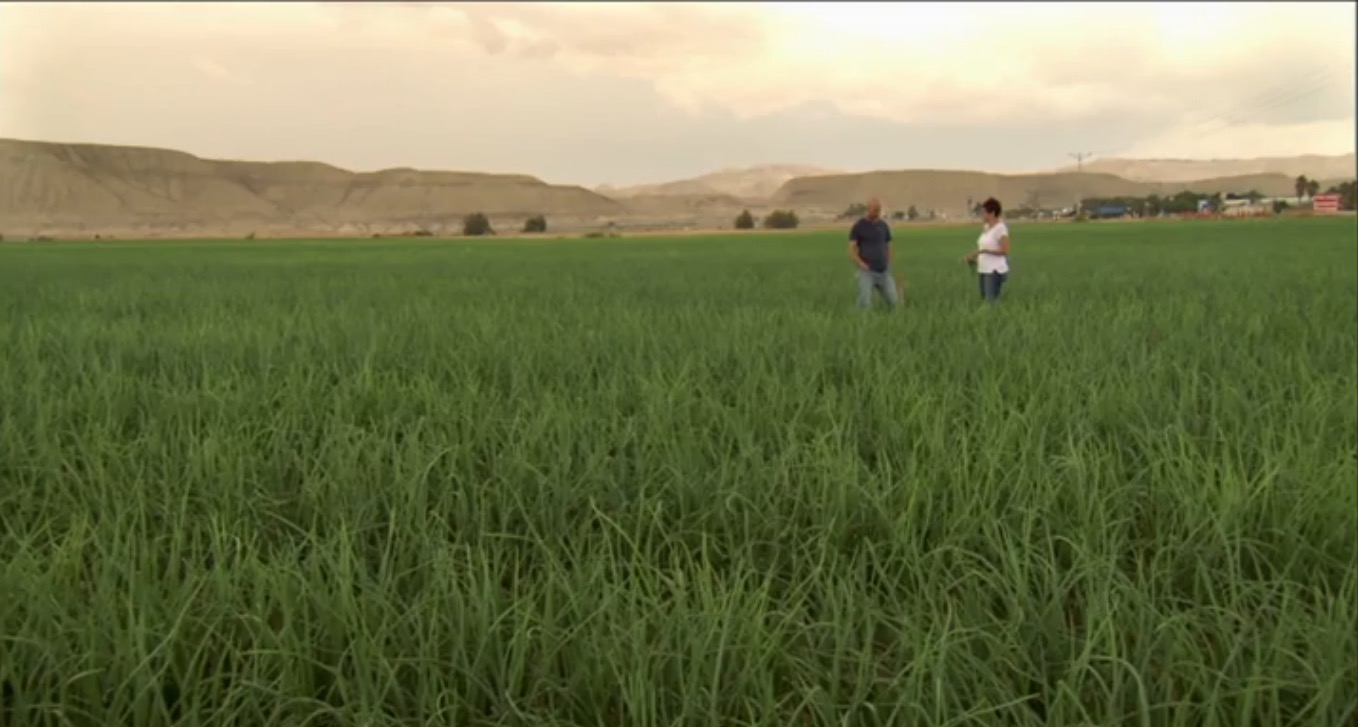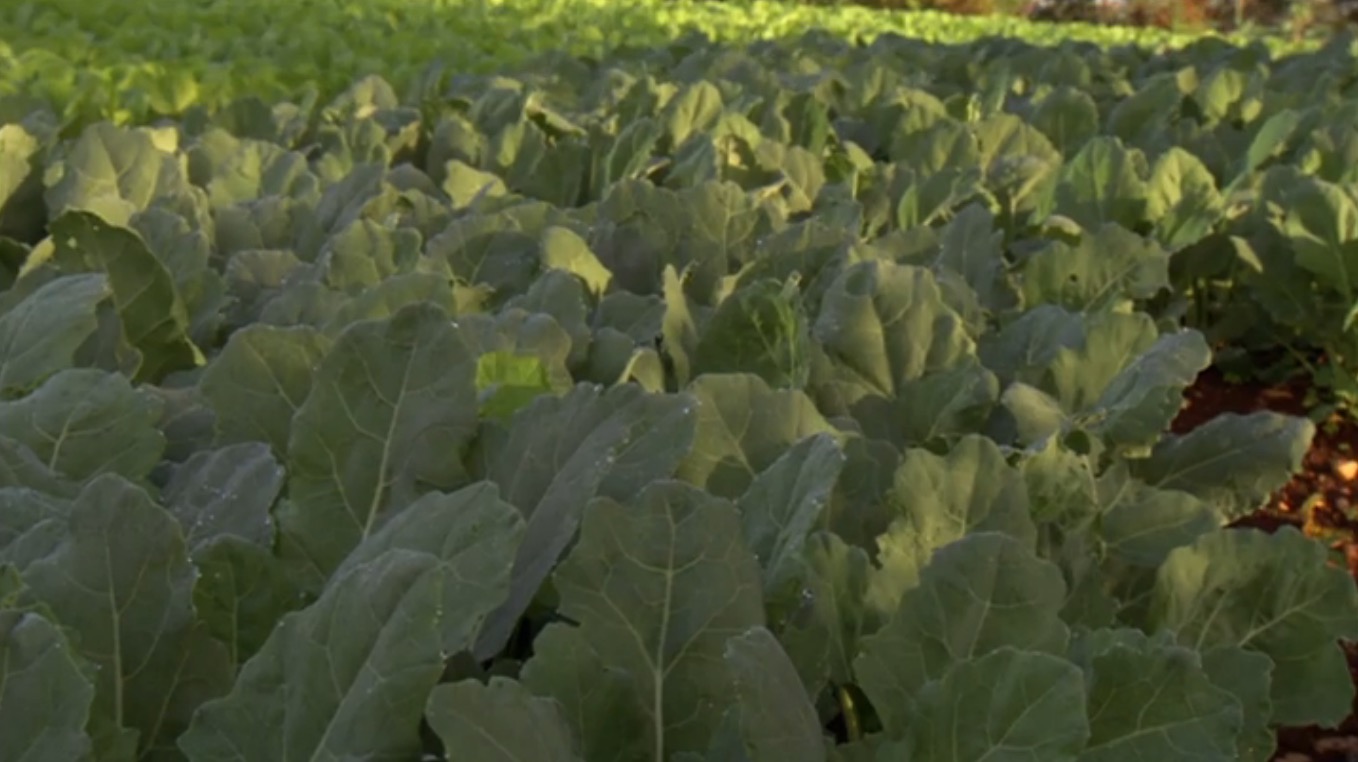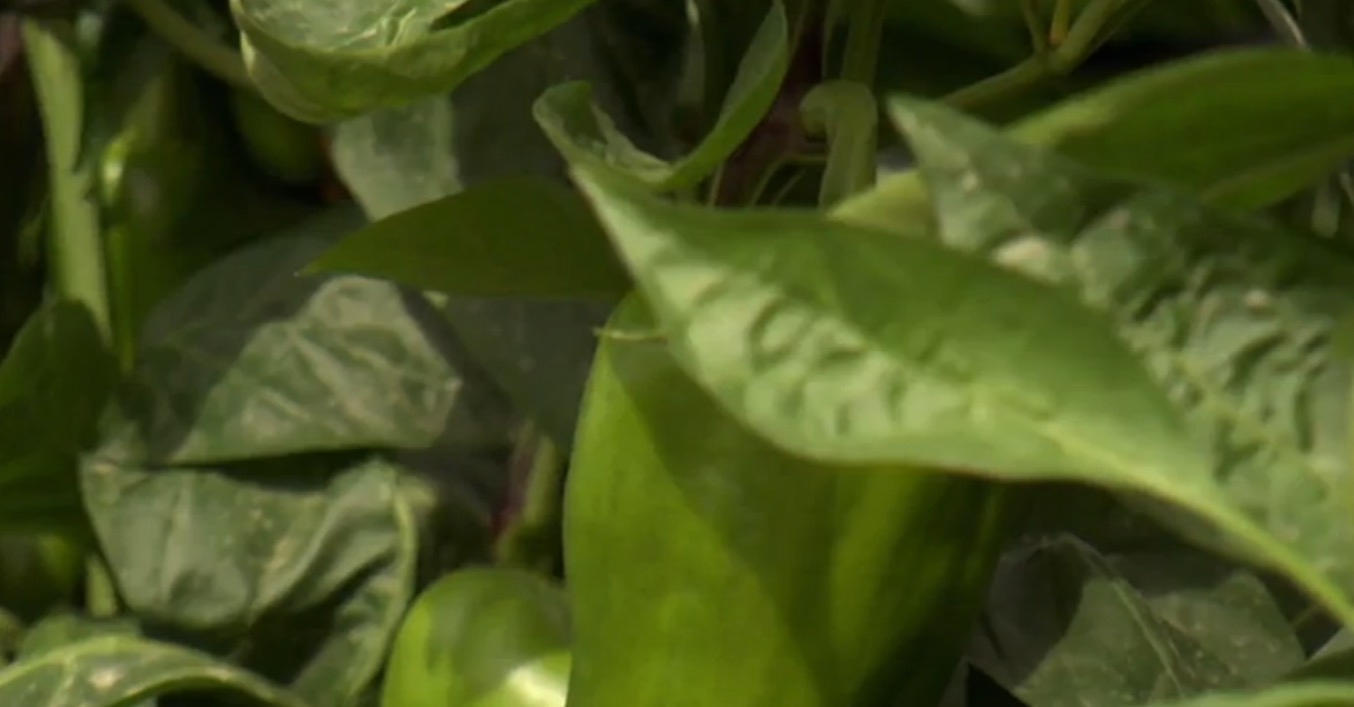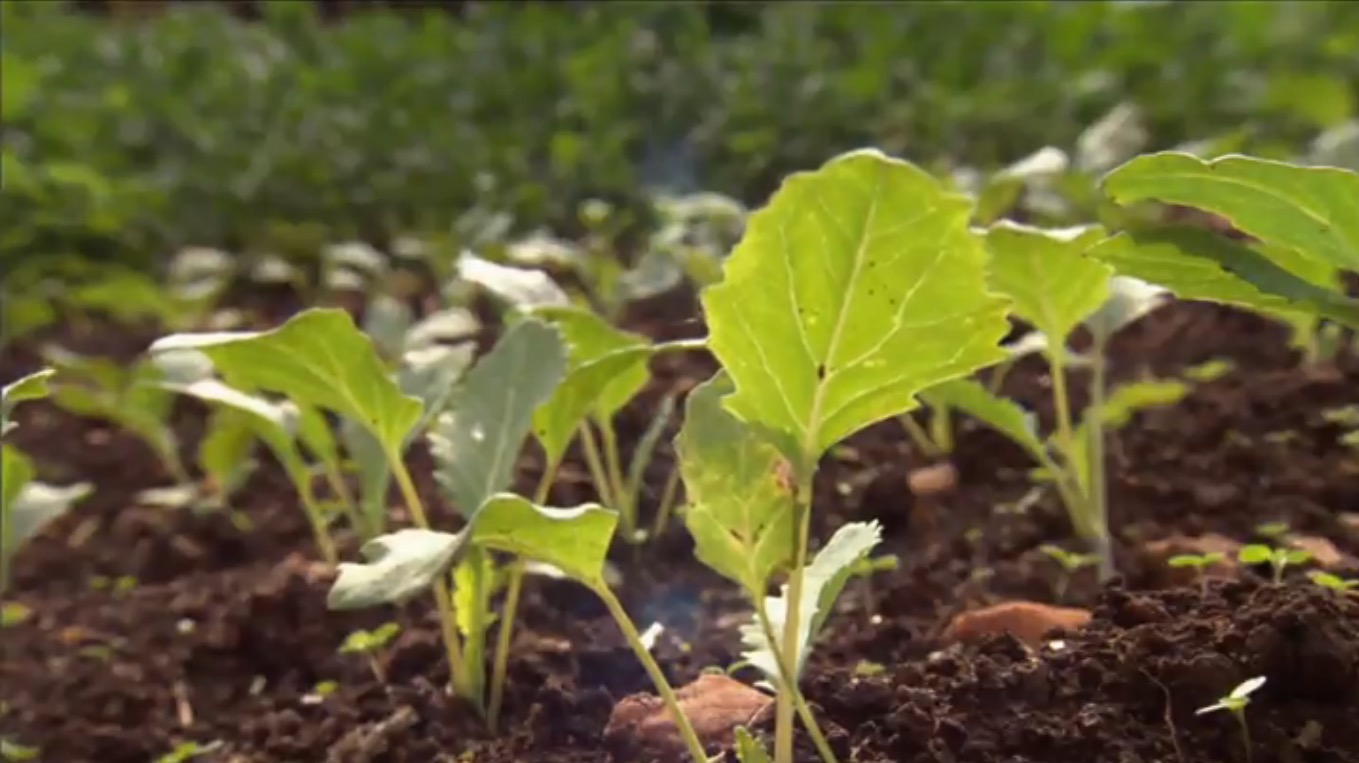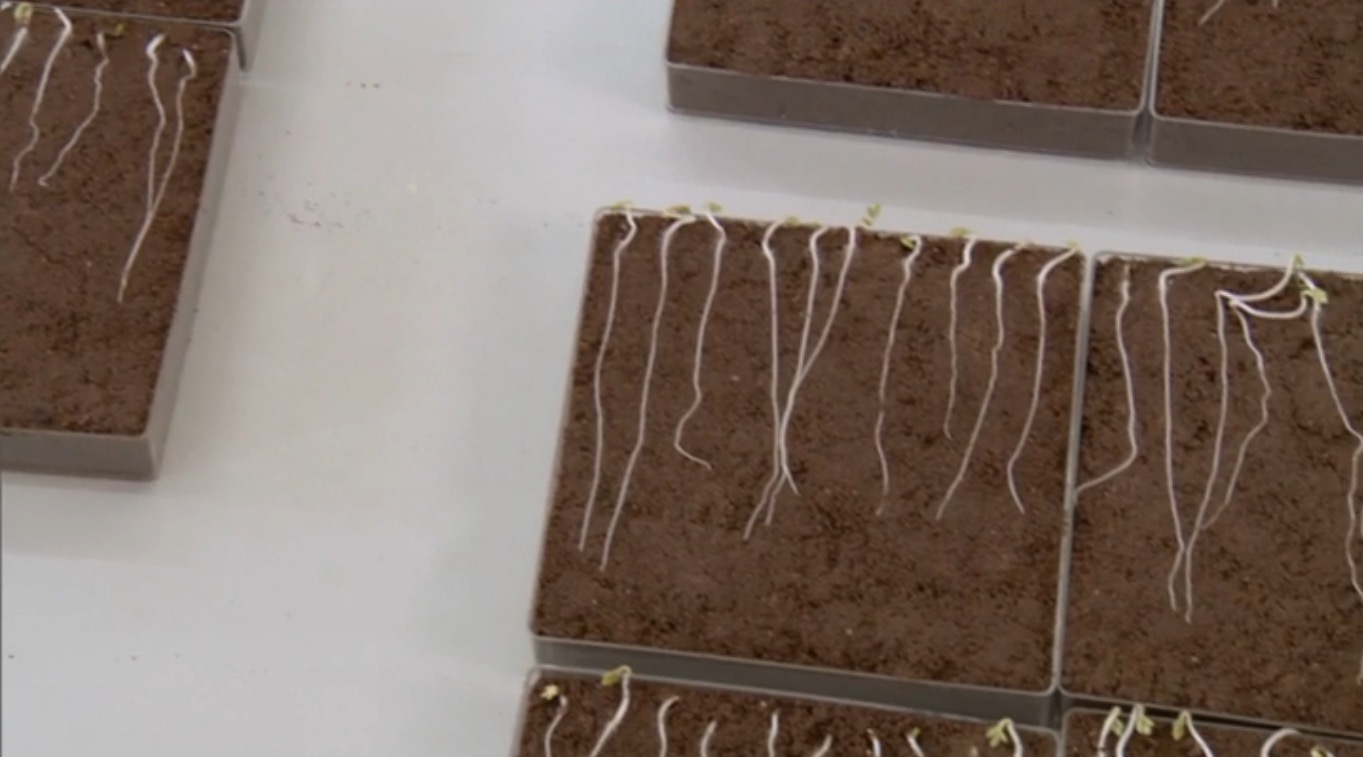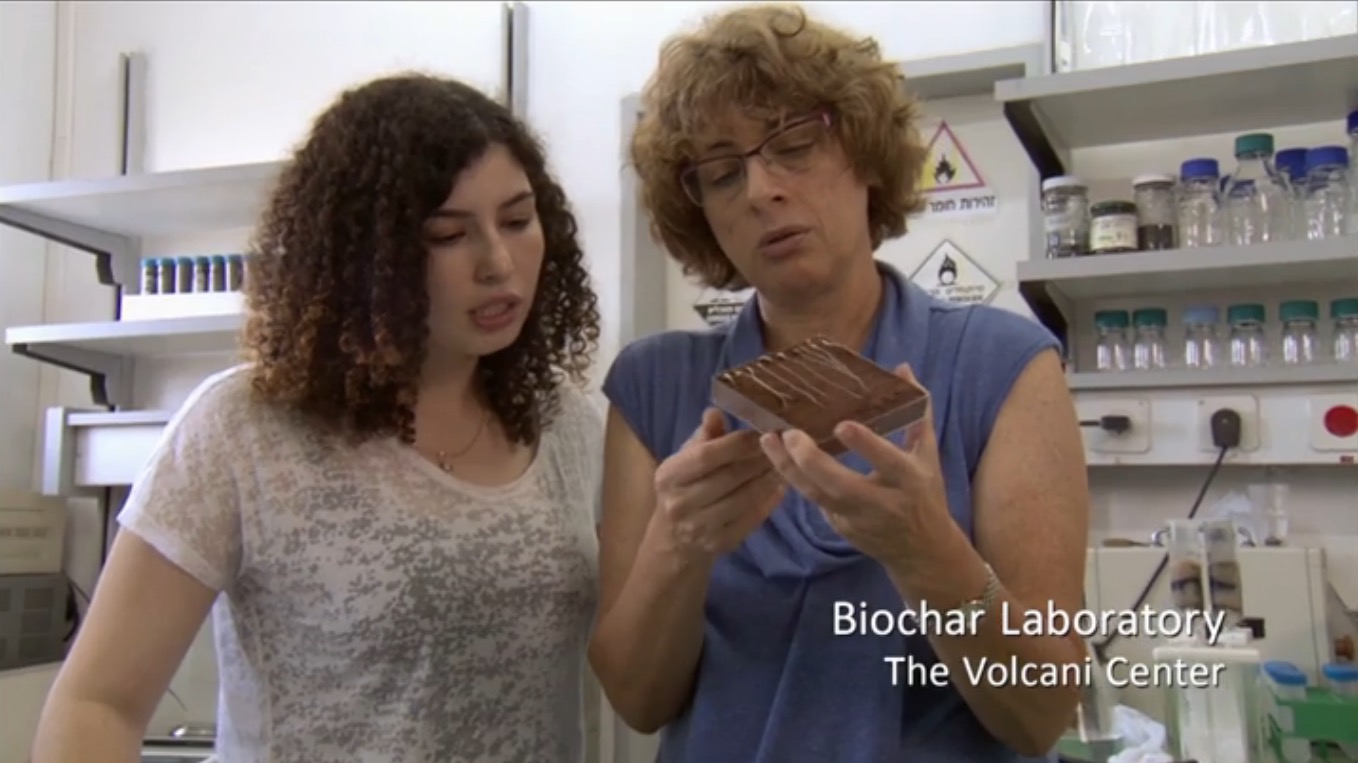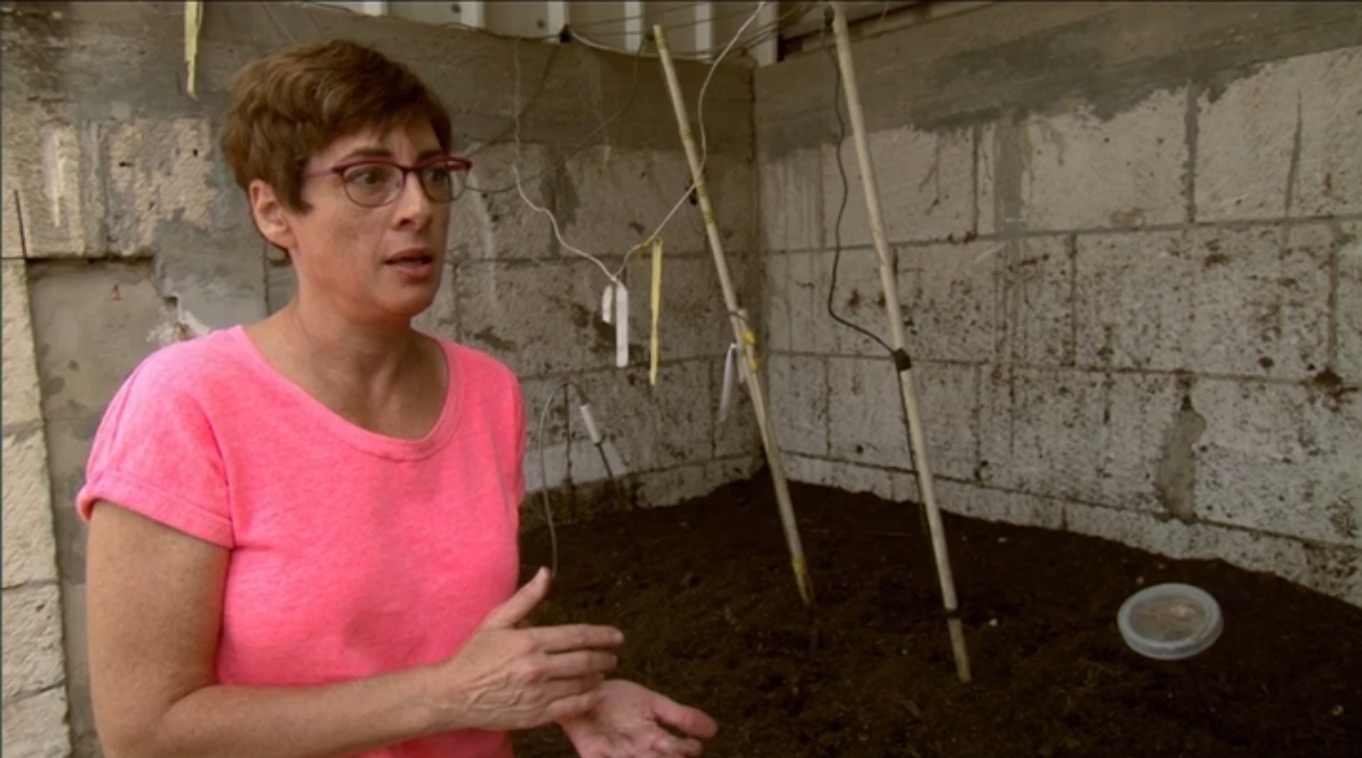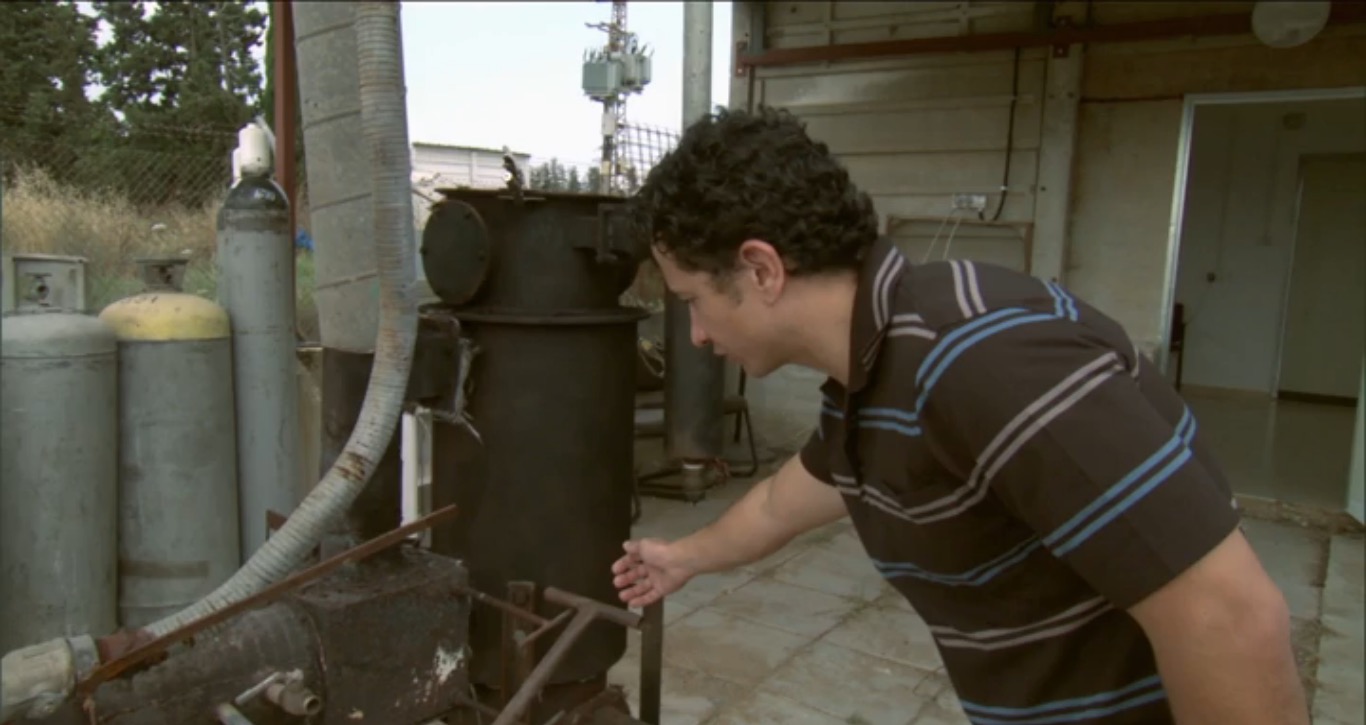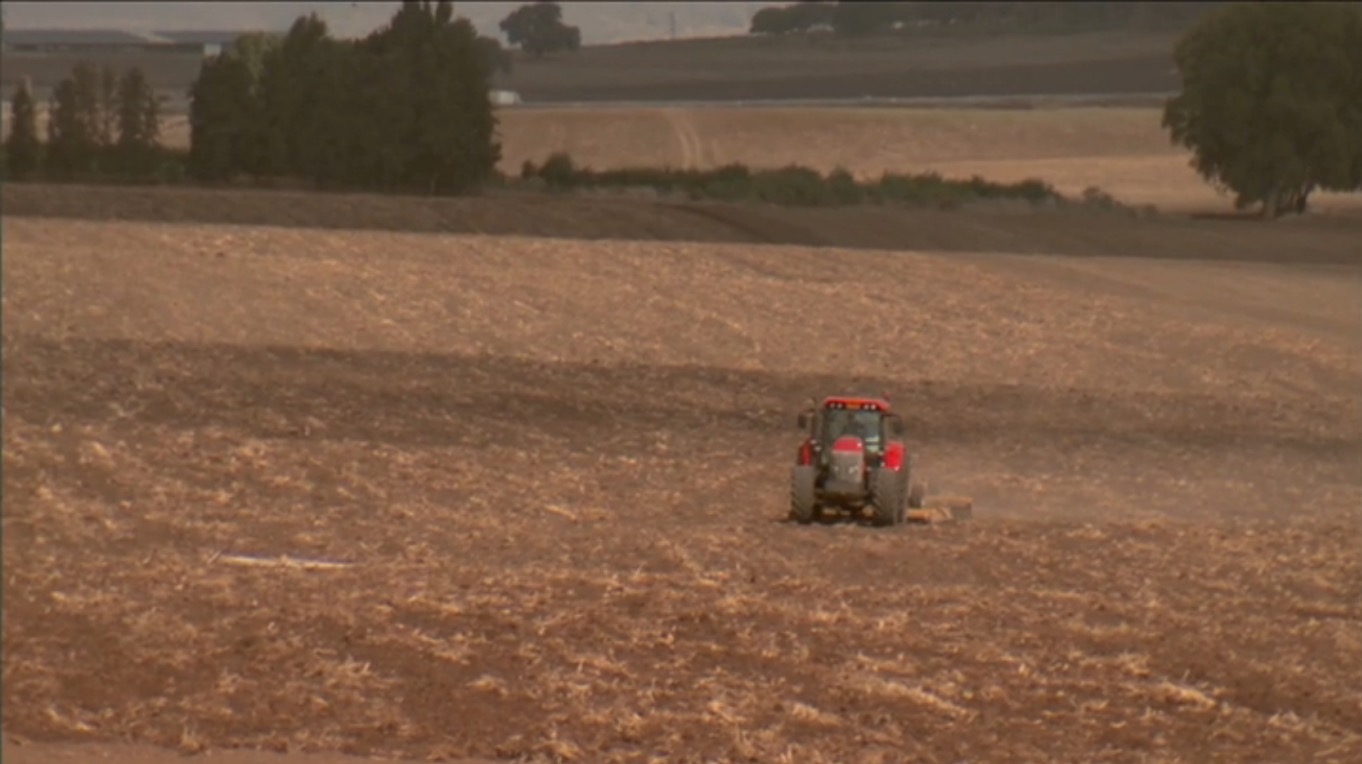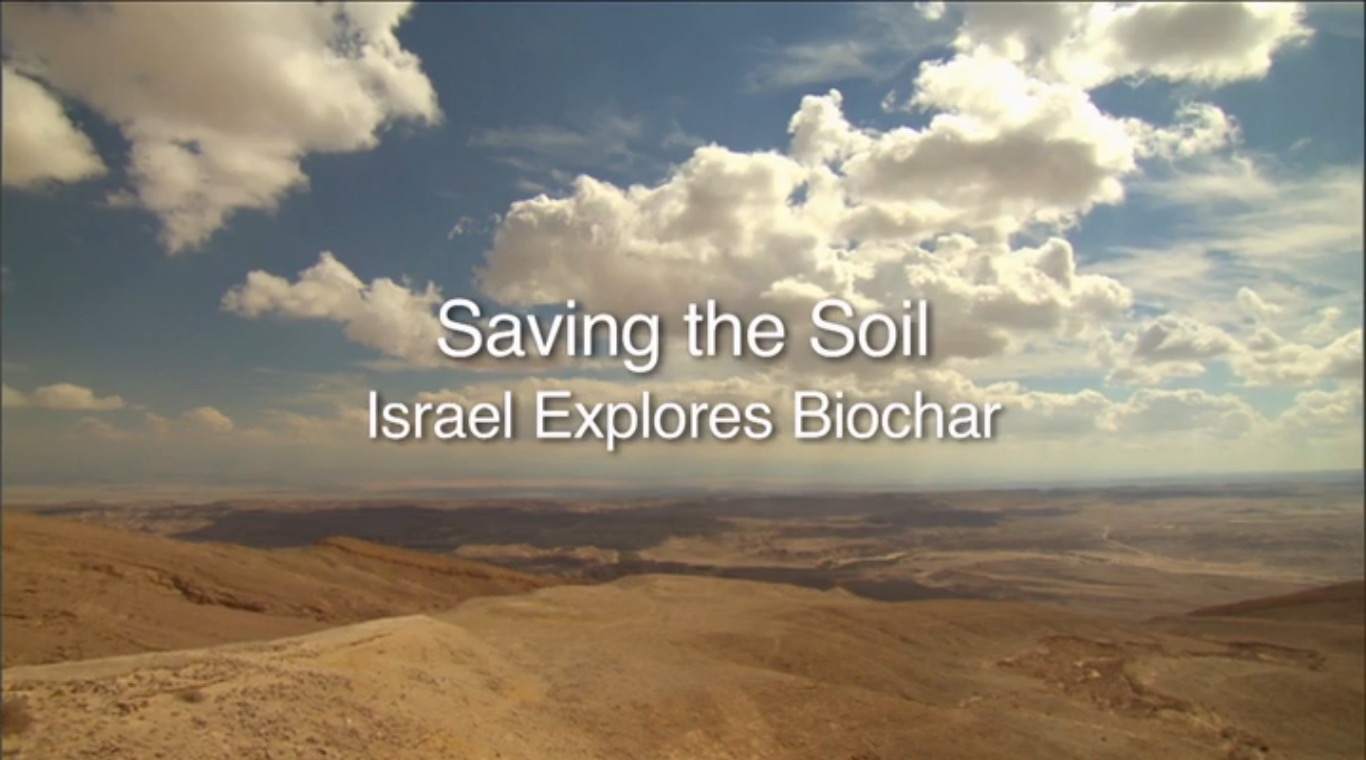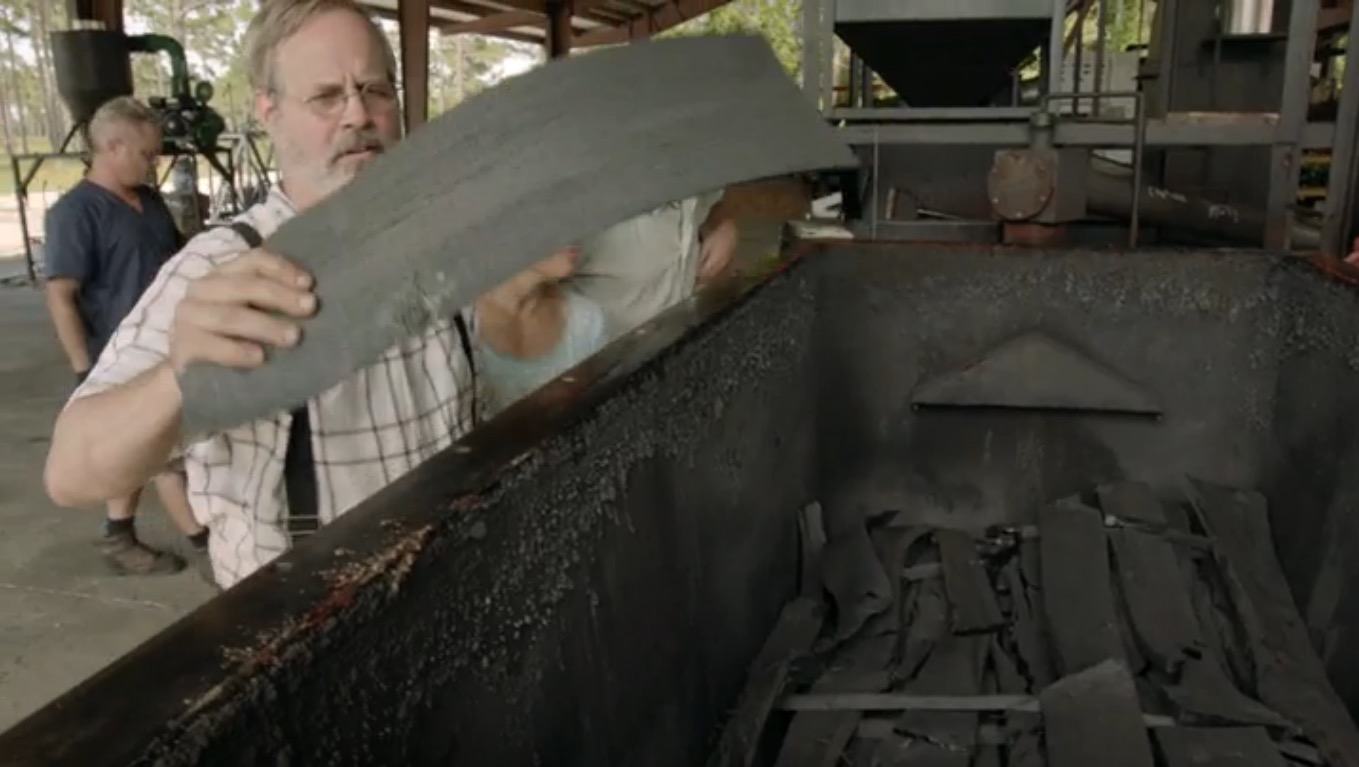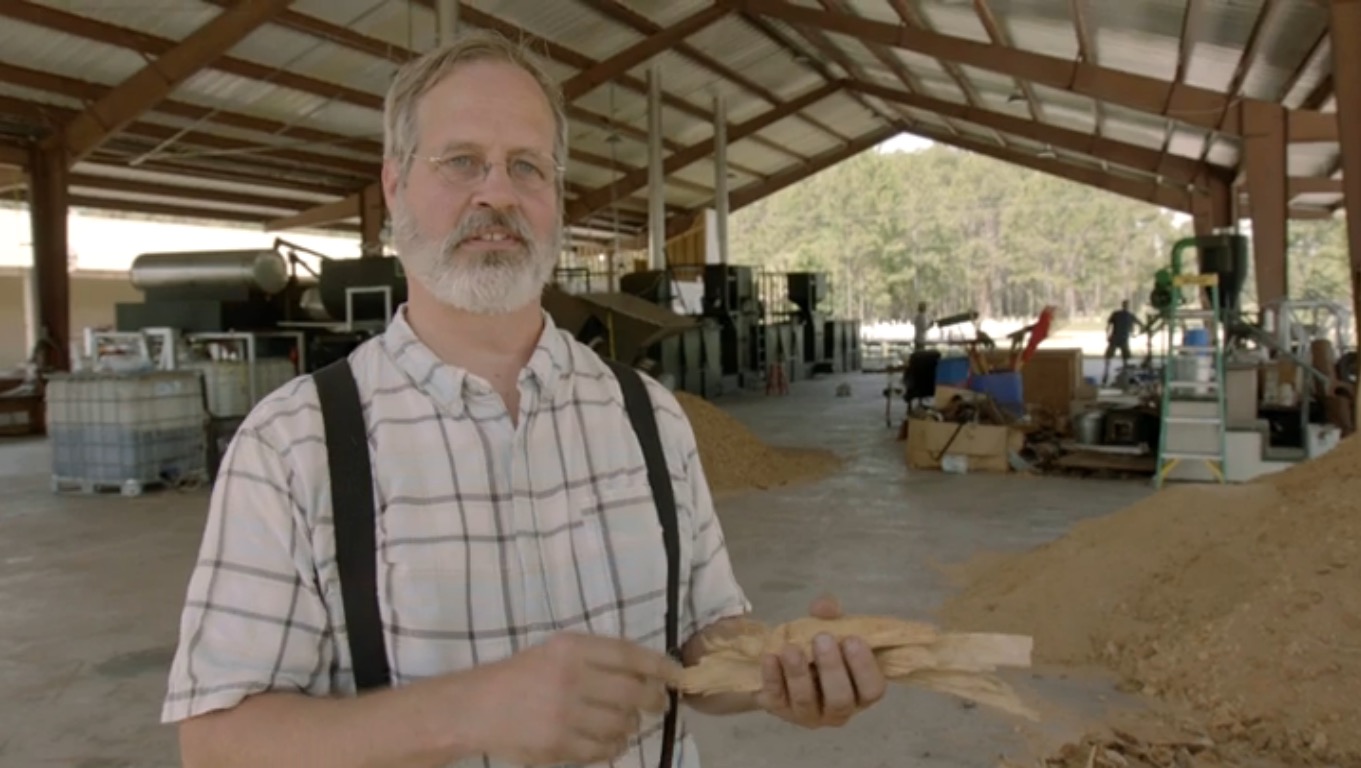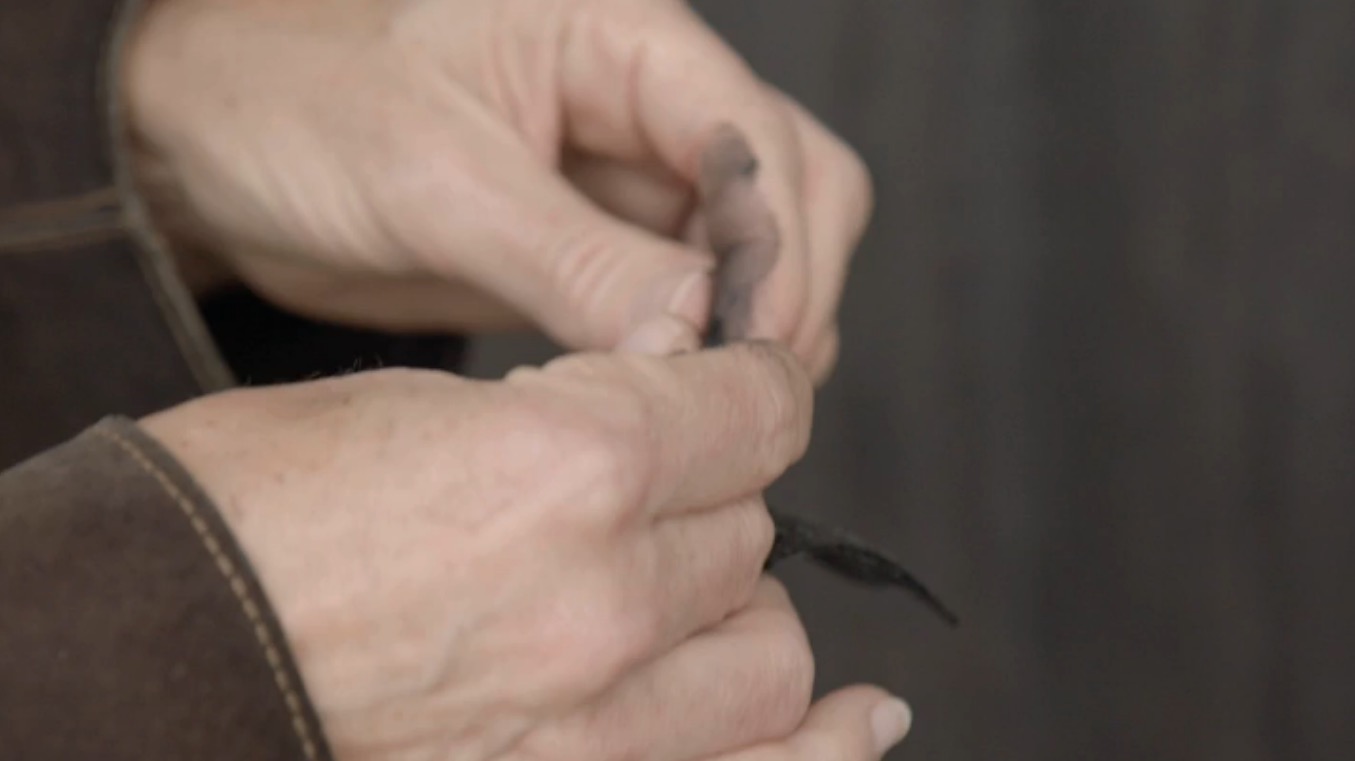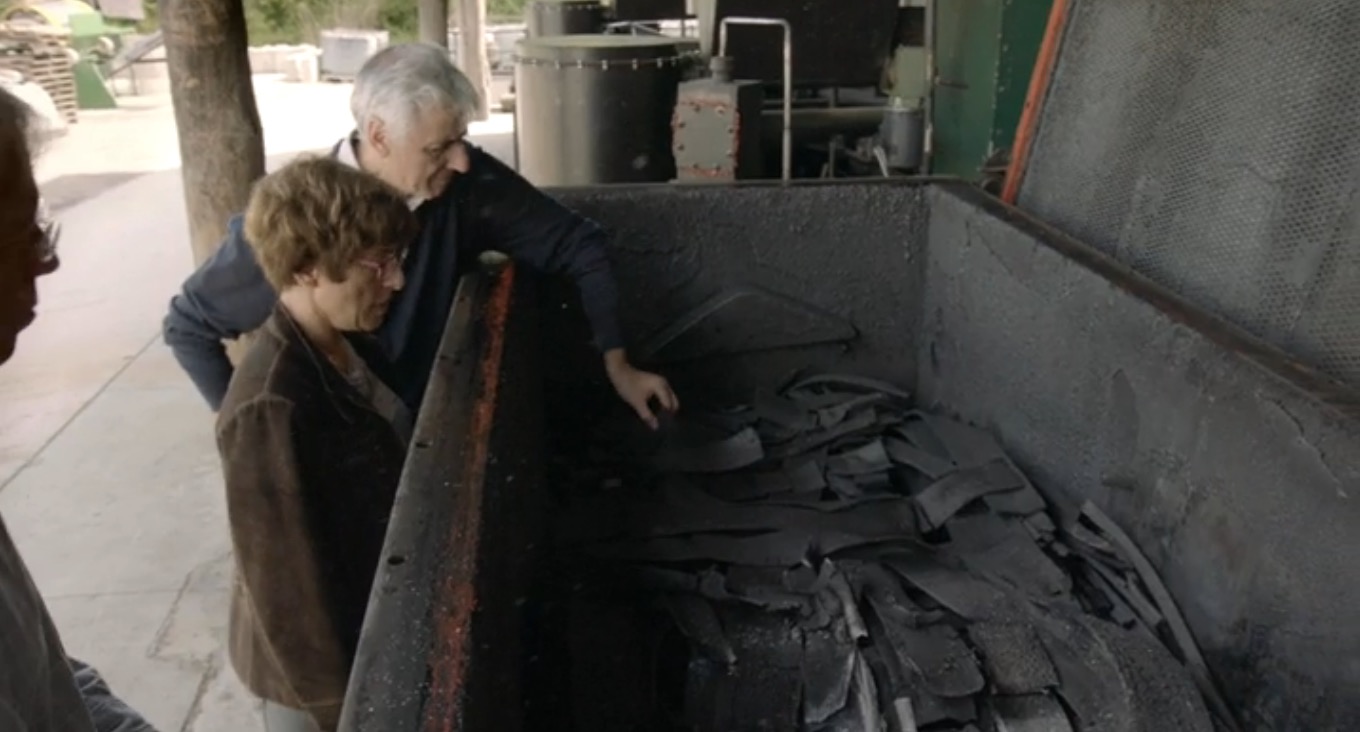Firefighters participating in a joint Middle East Forest Fires drill in Israel, October 25, 2017. Photo courtesy of Israel Firefighting and Rescue Authority
Firefighting and search-and-rescue teams from Jordan, Israel, Palestinian Authority, Italy, France and Spain had a joint disaster exercise in Israel.
As forest fires and other major catastrophes engulf many parts of the world with greater frequency, the European Commission and the Israeli government organized an international exercise in Israel this week for firefighters from Jordan, Israel, the Palestinian Authority, Italy, France and Spain.
The Middle East Forest Fires drill on October 24 and 25 had more than 400 participants from the various countries — including 250 firefighters, pilots, ground crews and logistics personnel — learning to improve skills and share knowledge in large-scale cooperative firefighting management, evacuation of residents, humanitarian assistance and preservation of nature.
Firefighters from Jordan, Israel, the Palestinian Authority, Italy, France and Spain participating in a joint drill in Israel, October 24, 2017. Photo by Omer Shapira
“In recent years, we have witnessed large-scale disasters take the lives of tens of thousands of victims, such as earthquakes, floods, fires and incidents involving hazardous materials. These are disasters that countries cannot always deal with on their own, and for which they need assistance,” said Israeli Fire Commissioner Lt. Gen. Dedi Simhi.
The exercise scenario — a large forest fire that spread across borders — included the controlled setting of small fires in two Negev forests, one northeast of Beersheva and the other southeast of Kiryat Gat.
Small controlled fires were set as part of the international exercise, Middle East Forest Fires, in October 2017 in Israel. Photo by Omer Shapira
The Israeli contingent included representatives of the Foreign and Public Security ministries, the Israel Police, the Firefighting and Rescue Authority, Magen David Adom, the Home Front Command, the National Security Agency and Keren Kayemeth LeIsrael-Jewish National Fund.
Firefighting vehicles from participating countries came to Israel for the joint forest fire drill. Photo by Omer Shapira
Months of planning sessions preceded the Middle East Forest Fires drill. There were lots of logistics to coordinate as firefighting planes from Jordan, France, Italy and Spain also were sent to Israel for the simulation.
A firefighting plane from Italy participating in the joint forest fire drill, October 25, 2017. Photo courtesy of Israel Firefighting and Rescue Authority
While Israeli firefighters have worked with counterparts from the Palestinian Authority and several Mediterranean countries in the past, it was the first time all of these countries came together for a joint exercise. The content of the sessions had to be translated into several languages though English was the dominant language.
As forest fires and other major catastrophes engulf many parts of the world with greater frequency, the European Commission and the Israeli government organized an international exercise in Israel this week for firefighters from Jordan, Israel, the Palestinian Authority, Italy, France and Spain.
The Middle East Forest Fires drill on October 24 and 25 had more than 400 participants from the various countries — including 250 firefighters, pilots, ground crews and logistics personnel — learning to improve skills and share knowledge in large-scale cooperative firefighting management, evacuation of residents, humanitarian assistance and preservation of nature.
Firefighters from Jordan, Israel, the Palestinian Authority, Italy, France and Spain participating in a joint drill in Israel, October 24, 2017. Photo by Omer Shapira
“In recent years, we have witnessed large-scale disasters take the lives of tens of thousands of victims, such as earthquakes, floods, fires and incidents involving hazardous materials. These are disasters that countries cannot always deal with on their own, and for which they need assistance,” said Israeli Fire Commissioner Lt. Gen. Dedi Simhi.
The exercise scenario — a large forest fire that spread across borders — included the controlled setting of small fires in two Negev forests, one northeast of Beersheva and the other southeast of Kiryat Gat.
Small controlled fires were set as part of the international exercise, Middle East Forest Fires, in October 2017 in Israel. Photo by Omer Shapira
The Israeli contingent included representatives of the Foreign and Public Security ministries, the Israel Police, the Firefighting and Rescue Authority, Magen David Adom, the Home Front Command, the National Security Agency and Keren Kayemeth LeIsrael-Jewish National Fund.
Firefighting vehicles from participating countries came to Israel for the joint forest fire drill. Photo by Omer Shapira
Months of planning sessions preceded the Middle East Forest Fires drill. There were lots of logistics to coordinate as firefighting planes from Jordan, France, Italy and Spain also were sent to Israel for the simulation.
A firefighting plane from Italy participating in the joint forest fire drill, October 25, 2017. Photo courtesy of Israel Firefighting and Rescue Authority
While Israeli firefighters have worked with counterparts from the Palestinian Authority and several Mediterranean countries in the past, it was the first time all of these countries came together for a joint exercise. The content of the sessions had to be translated into several languages though English was the dominant language.
Separately, at an army base in southern Israel, search-and-rescue teams from the Israel Defense Forces, Palestinian Authority, Jordan and Spain practiced how to respond cooperatively to a simulated massive earthquake that trapped “victims” underneath the rubble of a collapsed building constructed for the exercise by soldiers on the base.
The joint exercise ended with a ceremony for all participants before they departed back to their home countries.
Israel Fire and Rescue Authority Fire Commissioner Lt. Gen. Dedi Simhi speaking at the joint Middle East Forest Fire drill. Photo: courtesy
At the ceremony, Simhi said that since its inception in 1948, the state of Israel has been guided by the Talmudic axiom “One who saves a single life is as if he has saved the entire world.”
“We sent rescue forces from the Home Front Command to assist during earthquakes in Turkey, Nepal, Haiti, and most recently, Mexico. Our aerial firefighting unit provided assistance last year to Cyprus, and this year to Montenegro and Macedonia,” Simhi said.
“And we too, needed assistance in two recent events. Last November, during an unprecedented number of fires, we requested and received assistance from our Palestinian and Egyptian neighbors, from Cyprus and from many other countries. And such was the case during the Mount Carmel fire in 2010.
“Therefore, there is great operational importance to an exercise involving international cooperation, so that in the event of an emergency, we will be familiar with one another and know how to work in collaboration,” he continued.
“I also believe that a personal relationship between commanders from different countries can be of great value during a large-scale disaster.”



